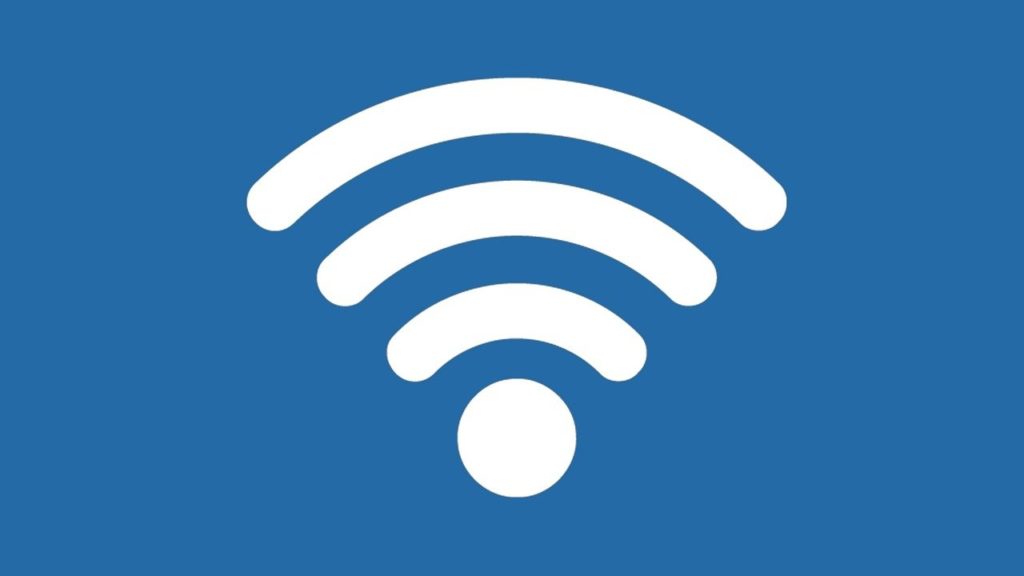Wireless networking has fundamentally changed the way people access information and get things done. It allows devices to connect natively to the network and access resources from almost any device and without being tethered to a desk or a specific location. Wi-Fi® has evolved significantly over the last 20 years to where we are now with Wi-Fi 6 and Wi-Fi 6E, and has become relatively ubiquitous – more than 16 billion devices are in use today. In spite of pervasive mainstream availability and use, there are a few myths about Wi-Fi security that continue to persist. I will be debunking four of the most common security myths in this upcoming article series.
Evolution of Wi-Fi
We’ve come a long way since Wi-Fi, the 802.11 protocol, was ratified by IEEE in 1997. While it did technically free a Wi-Fi connected device from needing a physical ethernet connection, it was much harder to find a device with the technology to connect to the Wi-Fi network, and the 2 Mbps speed was unimpressive. It was the introduction of 802.11b, with 11 Mbps bandwidth and more reliable connectivity that initiated more widespread acceptance and adoption of Wi-Fi.
Since then, the ease of use, seamless interoperability enabled by Wi-Fi CERTIFIED™, and pervasive global connectivity have driven widespread adoption of Wi-Fi in devices from laptops, to smartphones and tablets, to door locks, connected cameras, game consoles, streaming devices, smart speakers, and even refrigerators. The seemingly universal availability of free public Wi-Fi access at restaurants, hotels, and coffee shops has also contributed to a dramatic change in when, where, and how people get things done. Wi-Fi is often considered an essential amenity.
With Wi-Fi 6, you can now reach a theoretical maximum throughput of 9.6 Gbps wirelessly per stream. With dual-band and quad-band routers and clients, you can achieve sustained speeds of a gigabit or more. With that kind of network speed, and the freedom to move about untethered, there is virtually no reason to connect a device to a physical ethernet cable anymore.
Common Myths of Wi-Fi Security
Even with all of the advancements and innovations in Wi-Fi over the last 20 years, there remain some concerns about the security of the Wi-Fi connection. Unfortunately, most of the security concerns related to Wi-Fi are based on misconceptions, partial truths, or information that is simply outdated.
Here are a few of the common myths about Wi-Fi security:
- Wi-Fi encryption is weak. This myth is based in reality—but it’s a reality that hasn’t been true for nearly 20 years. Early versions of Wi-Fi used Wired Equivalent Privacy—or WEP. Because of restrictions on exporting cryptographic technology put in place by the US government, WEP relied on a 40-bit key. Researchers were able to quickly crack the WEP encryption and tools were developed to enable virtually anyone to crack WEP encryption in a matter of minutes. WEP was superseded by WPA (Wi-Fi Protected Access) in 2003, which resolved the issues inherent in WEP. The latest version of Wi-Fi security – WPA3™ – offers even greater security protections. All devices certified by Wi-Fi Alliance are required to support WPA3.
- Public Wi-Fi hotspots are insecure. It is relatively common today for people to use cafes or coffee shops as an extension of their office. You will almost always find people working remotely or students studying while connected to the free Wi-Fi these establishments offer. These public Wi-Fi hotspots also have a reputation for being insecure, though. Like the weak encryption myth, the idea of public hotspots being insecure is based on a hint of truth. Every device that connects to the Wi-Fi hotspot is sharing the same network, and it is theoretically possible for other devices on that same network to intercept traffic between your device and the router. That is true on any shared network, but it is not true that public Wi-Fi hotspots today are inherently less secure than other networks. Wi-Fi delivers the security you need to use public Wi-Fi networks with confidence. WPA3 security provides better password security and data protection, and technologies like Wi-Fi CERTIFIED Passpoint, and Wi-Fi CERTIFIED Enhanced Open offer more protections.
- If you can connect, so can anyone else. There are a variety of myths associated with this basic premise. On the one hand, there is a belief that if your Wi-Fi network is out of range for you that it means nobody else can connect either. This is not true because variations in technology and the power and focus of the antenna used could enable someone to connect from a significantly longer range. On the other end is the notion that by disabling your SSID broadcast your network will be invisible and nobody can join it. The reality is that it is trivial to bypass SSID suppression and learn the name of your Wi-Fi network so an attacker can join it. The key takeaway for both of these examples and the range of related security concerns is to simply make sure you use the security controls that are available and properly configure your Wi-Fi network to provide the best protection possible.
- Wi-Fi Security is Weaker than Cellular Security. The idea that Wi-Fi security is weak, or that cellular security is superior has been pervasive for years. While it was true to an extent once upon a time, a lot has changed since then. The myths and misconceptions are outdated. The reality is that today’s Wi-Fi is as secure as cellular security—even better in some ways. When considering Wi-Fi vs cellular security, it’s important to compare apples to apples and compare the features and capabilities of the current protocols.
Wi-Fi continues to evolve to address the market
Don’t let misconceptions about Wi-Fi security get in the way of your productivity and freedom. WPA3 and evolutions in Wi-Fi shatters the common security myths and include a variety of features and capabilities that enhance and extend security even farther with additional policies and tools to improve protection of Wi-Fi networks.
Users will increasingly rely on Wi-Fi to deliver critical capacity and enable them to work, shop, play, and stream seamlessly. Wi-Fi is fundamental to delivering untethered connectivity now and in the future.
- The Evolving Face of Ransomware — and How We Can Stay Ahead of It - August 15, 2025
- Why We Need to Treat AI Agents More Like Human Employees - August 13, 2025
- Why Data Must Be the Heart of Cybersecurity - August 8, 2025




Comments are closed.